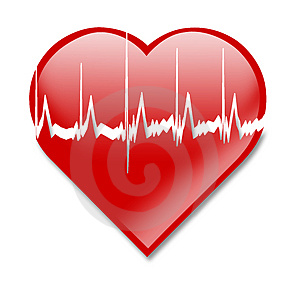How to Find Your Average Resting Heart Rate

The heart runs the human body, and reflects any changes that might be taking place – e.g. it speeds up when a person is excited, nervous, or exercising, in order to provide the body with the extra oxygen it needs during these heightened states of activity.
While increased or decreased heart rates are a measure of the state the body is in, a person’s average heart rate, also known as the resting heart rate, is a determinant of the overall health and fitness of that particular person – e.g. if your average heart rate is low, this means you are in good shape. Calculating your base heart rate is a simple process, and the calculations can help you determine other factors, such as how much athletic training your body requires.
Things Required:
– A timer or clock
– A notepad
– A pen
Instructions
-
1
Choose an appropriate time to measure your average heart rate – this should be a time when your body is not elevated in any way, and completely relaxed. Do not measure your average heart rate directly after a high-energy activity like exercising, as the heart rate tends to be significantly high at times like these.
-
2
The next step is to locate your pulse. Some might use a stethoscope if they have one handy, but it is perfectly possible to locate and feel your heart beat without using any tools of this sort. Simply hold your index and middle finger together, and apply firm pressure with the tips at any point in your body where your pulse can be felt – generally on your forearm, directly below the palm and a little lower than the wrist, or just under your ear, on your neck.
-
3
Hold your fingers there for a few seconds, to get the feel of the pulse, and distinguish the rhythm. Then, hold the clock/timer in the other hand, and wait for a good moment to start timing your heartbeat. Many might prefer to just keep count in their head, but it is easy to get confused this way, and having a timer or clock directly in front of you can help a great deal.
-
4
Set your timer for 15 seconds, and then start counting your heartbeats within this period of time. Once 15 seconds have elapsed, stop, and write down the number of heartbeats you felt within this time. Multiply this number by 4, and the number you now get will be your average resting heart rate.



